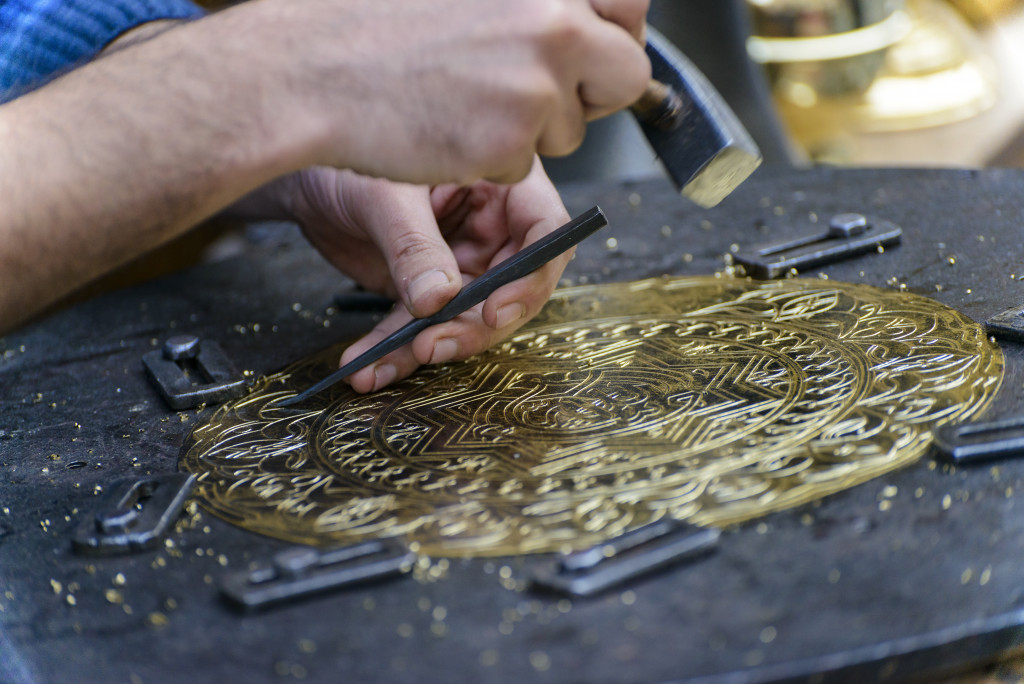Businesses of all shapes and sizes can be successful in the handicraft industry, but there are a few things you should keep in mind before getting started. Starting your own handicraft business can be a rewarding creative, and financial experience. However, before getting started, there are many things to consider, such as figuring out a niche market for your work and building a website for your business. But the most important thing is to set realistic goals and make sure you can follow through with them.
Here are 11 tips for starting your very own handicraft business:

1. Figure Out What You’re Good At
Before starting a handicraft business, it’s essential to figure out what you’re good at. This way, you can focus on crafting products that fit within your niche and that people will be interested in buying. Niche markets can be extremely profitable, and there’s less competition within them, so it’s important to find a specific area in which you excel. With the proper planning and execution, your handicraft business can thrive in almost any niche market.
2. Research the Competition
Like any other business, it’s essential to do your research and figure out who your competitors are. This way, you can figure out what kind of products they offer and how you can differentiate your own handicraft business from theirs. Figure out manufacturing costs, shipping and order processing times, and what kind of customer service they provide. It’s also essential to make sure you’re selling a unique product that isn’t already being offered by your competitors.
3. Set Realistic Goals
It’s important to set realistic goals for your handicraft business and make sure you can follow through with them. This way, you won’t be setting yourself up for disappointment down the road. Realistic goals might include increasing your sales by a certain percentage each year, expanding your product line, or reaching a certain number of customers.
4. Create a Business Plan
A business plan is essential for any business, including a handicraft business. This document will help you outline your goals, strategies, and how you plan on achieving them. Business plans can be modified as your business evolves, but it’s a good starting point for any new business.
5. Invest in Quality Equipment
To produce high-quality handicrafts, you’ll need quality equipment. This includes crafting tools, materials, and of course, a workspace. Make sure you have the financial resources to invest in quality equipment, as it will pay off in the long run. Also, custom metal fabrication can be a great way to get started in the handicraft industry, as it allows you to create high-quality products that are unique to your business. So contact a metal fabricator right away!
6. Choose a Business Name
Before you can start promoting your handicraft business, you’ll need to choose a name. This can be a difficult task, but it’s essential to make sure the name is memorable and representative of your products. Business name generators can be helpful for finding a name that’s not already taken.
7. Register Your Business
Once you’ve chosen a name for your business, you’ll need to register it with the appropriate government agencies. This process can vary depending on your location, so do your research ahead of time.
8. Create a Website
To reach the most people possible, it’s essential to create a website for your handicraft business. This will give customers a place to learn more about your products and how to order them. Website builders are a great way to get started, and they’re relatively affordable.
9. Set Up an Etsy Shop
If you’re not interested in creating your website, you can always set up an Etsy shop. This is a great way to reach a large audience of potential customers. Etsy shop owners are responsible for all the shipping and order processing themselves, so it can be a lot of work, but it’s worth it if you’re looking to sell many products.
10. Market Your Business
No matter how good your products are, you won’t make any sales if no one knows about your handicraft business. This means you’ll need to market your business in various ways, such as through social media, online ads, and even word-of-mouth.
11. Make a Good First Impression
When someone visits your website or shop, you only have one chance to make an excellent first impression. This means ensuring your website is well-designed and that your products are displayed attractively.
Conclusion
Starting a handicraft business is a challenging but rewarding endeavor. To succeed, you’ll need to invest in quality equipment and materials, register your business with the appropriate government agencies, create an attractive website that showcases your products and market yourself through various channels. These tips will help you get your handicraft business off the ground and ensure its success.

